When we talk about iconic manga, Vagabond by Takehiko Inoue often sits high on the list. Based on Eiji Yoshikawa’s novel Musashi, this manga doesn’t merely recount the life of Miyamoto Musashi, one of Japan’s most legendary swordsmen—it’s an exploration of humanity, self-discovery, and the meaning of strength. With stunning artwork and a gripping narrative, Vagabond has captured the hearts of manga fans across generations.
Let’s dive into the world of Vagabond and uncover what makes it a timeless gem in the manga universe.
The Story of Vagabond: A Journey of Growth and Philosophy
From Takezo to Musashi: The Birth of a Legend

The story begins with Shinmen Takezo, a wild and impulsive young man who survives a disastrous battle and is branded an outcast. Through trials and introspection, Takezo reinvents himself as Miyamoto Musashi and embarks on a journey to become the strongest swordsman in Japan. But Vagabond is not a simple tale of sword fights and glory.
Musashi’s path is marked by deep introspection and encounters that challenge his understanding of strength, morality, and purpose. His transformation is as much about mastering the sword as it is about finding inner peace.
The Cast of Vagabond: Beyond Black-and-White Characters
One of Vagabond’s greatest strengths is its cast of multifaceted characters. Each one, from Musashi’s rival Sasaki Kojiro to his mentor Takuan, contributes a unique perspective to the story.
- Sasaki Kojiro: Musashi’s destined rival, portrayed as both a genius swordsman and a tragic figure. His journey runs parallel to Musashi’s, offering a thought-provoking contrast.
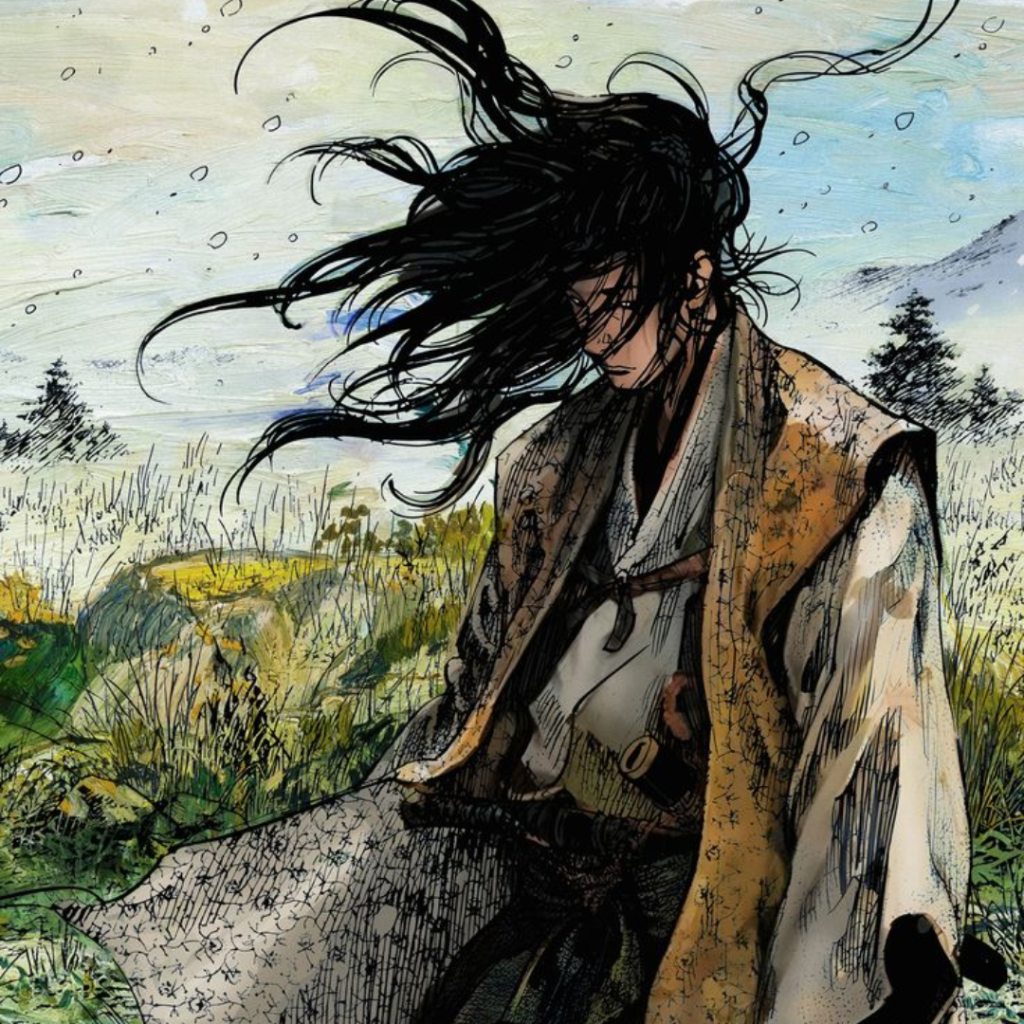
Sasaki Kojiro - Otsu: A childhood friend and love interest, Otsu provides emotional depth to the story, reminding readers of Musashi’s humanity.
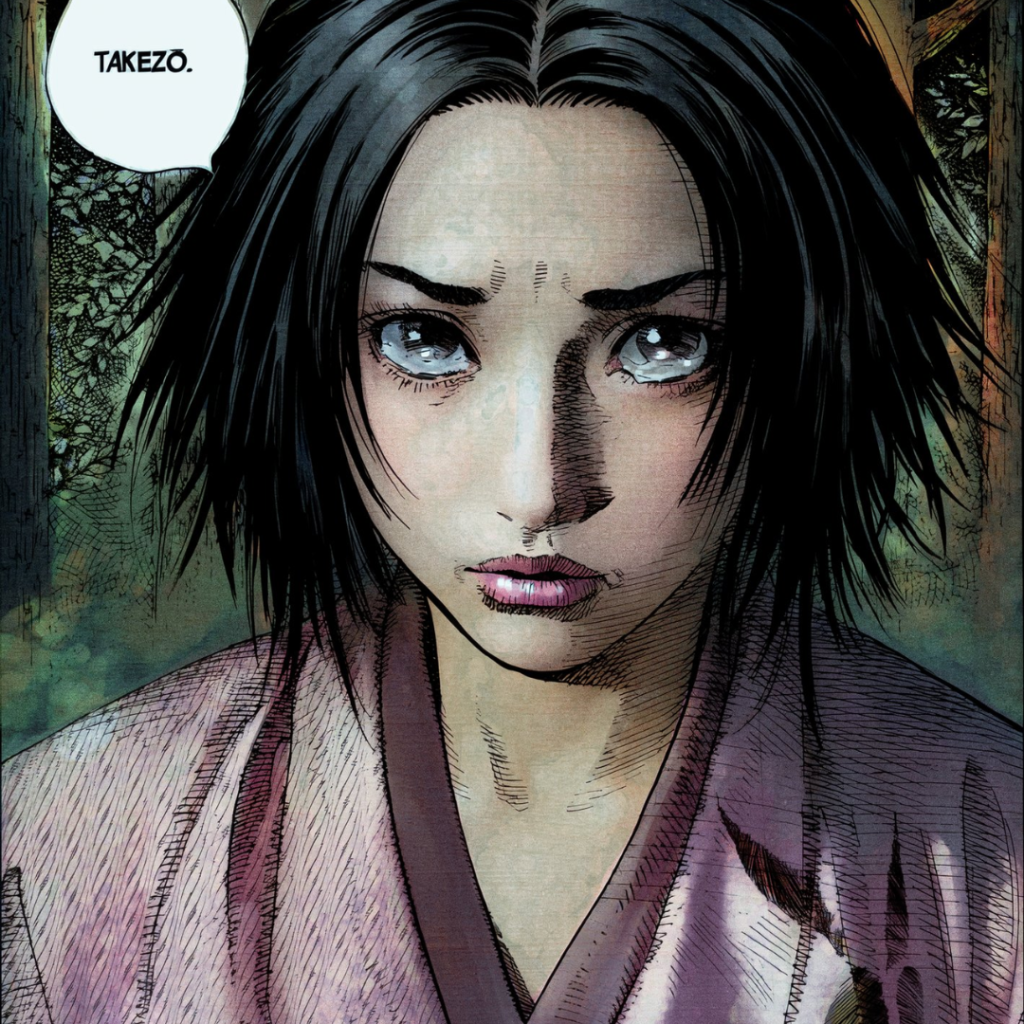
Otsu - Takuan Soho: The wise and witty monk who guides Musashi on his path, challenging his preconceived notions of strength.
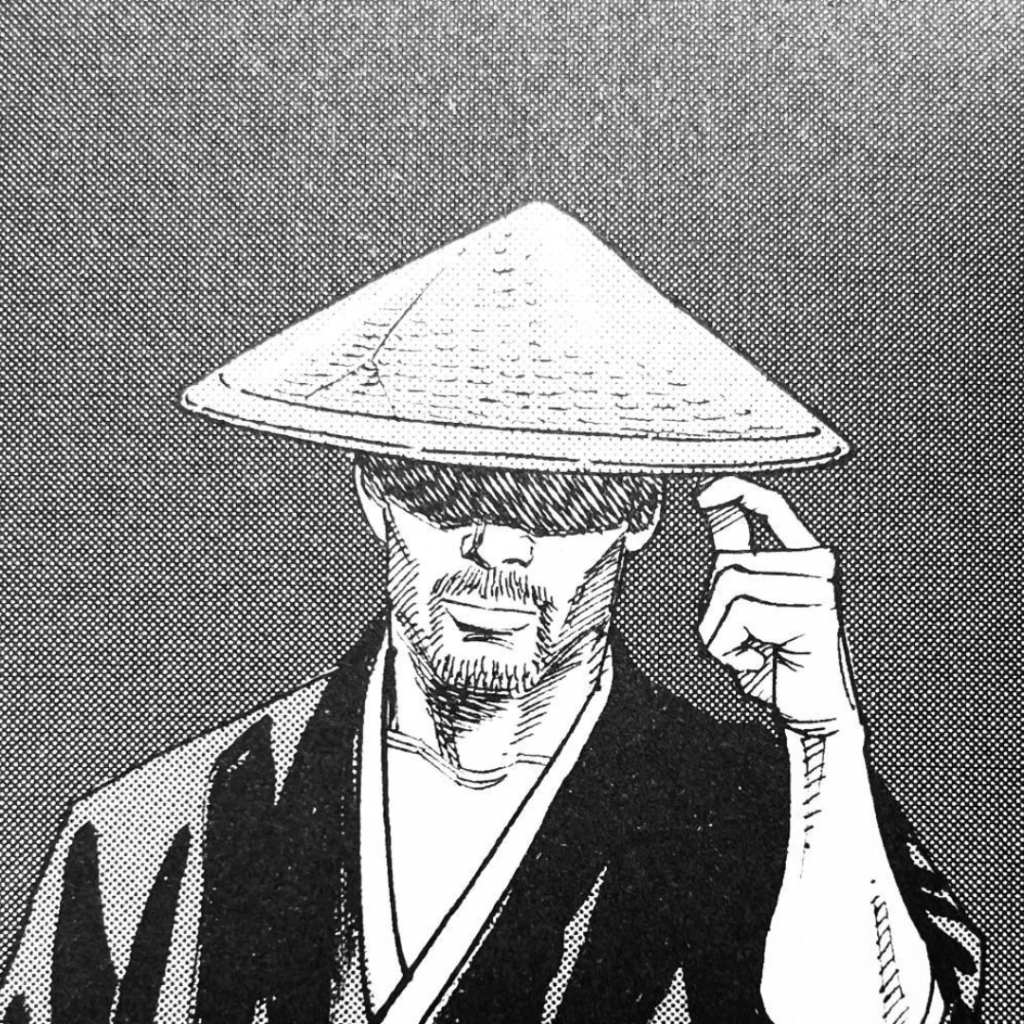
Takuan Soho
The Art of Vagabond: A Visual Feast
A Canvas of Emotions and Action
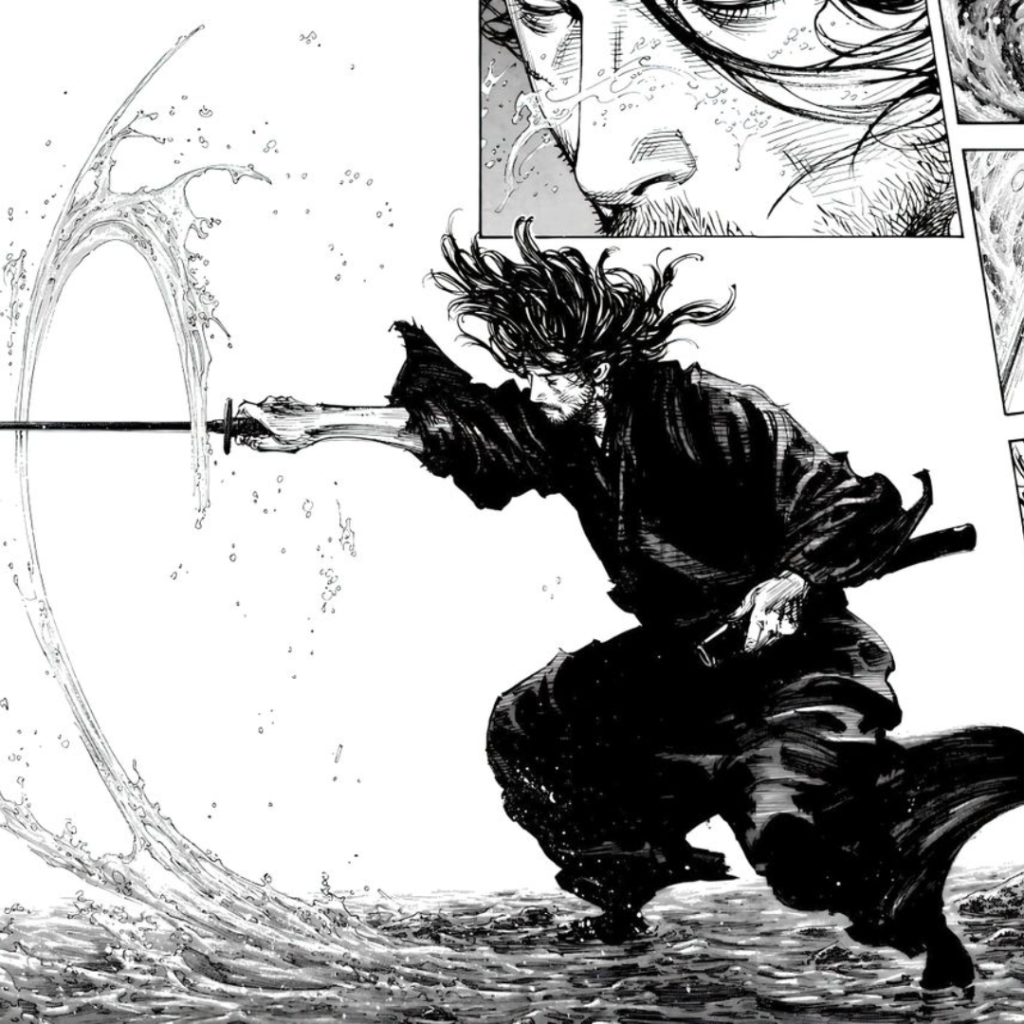
Takehiko Inoue’s artistry in Vagabond is nothing short of breathtaking. Every panel feels like a work of art, meticulously crafted to evoke emotion and atmosphere.
- Dynamic Action Scenes: The sword fights are intense, detailed, and choreographed with a realism that pulls you into the heat of battle.
- Expressive Characters: From fiery rage to quiet despair, Inoue captures the spectrum of human emotion with incredible precision.
- Scenic Mastery: The landscapes in Vagabond—whether serene forests or desolate battlefields—immerse readers in a beautifully rendered feudal Japan.
The Use of Black and White: Depth in Simplicity
Inoue’s choice of monochrome art elevates Vagabond’s storytelling. The contrast between light and shadow mirrors the moral ambiguities of the characters, creating a visually and thematically rich experience.
The Themes of Vagabond: Lessons Beyond the Sword
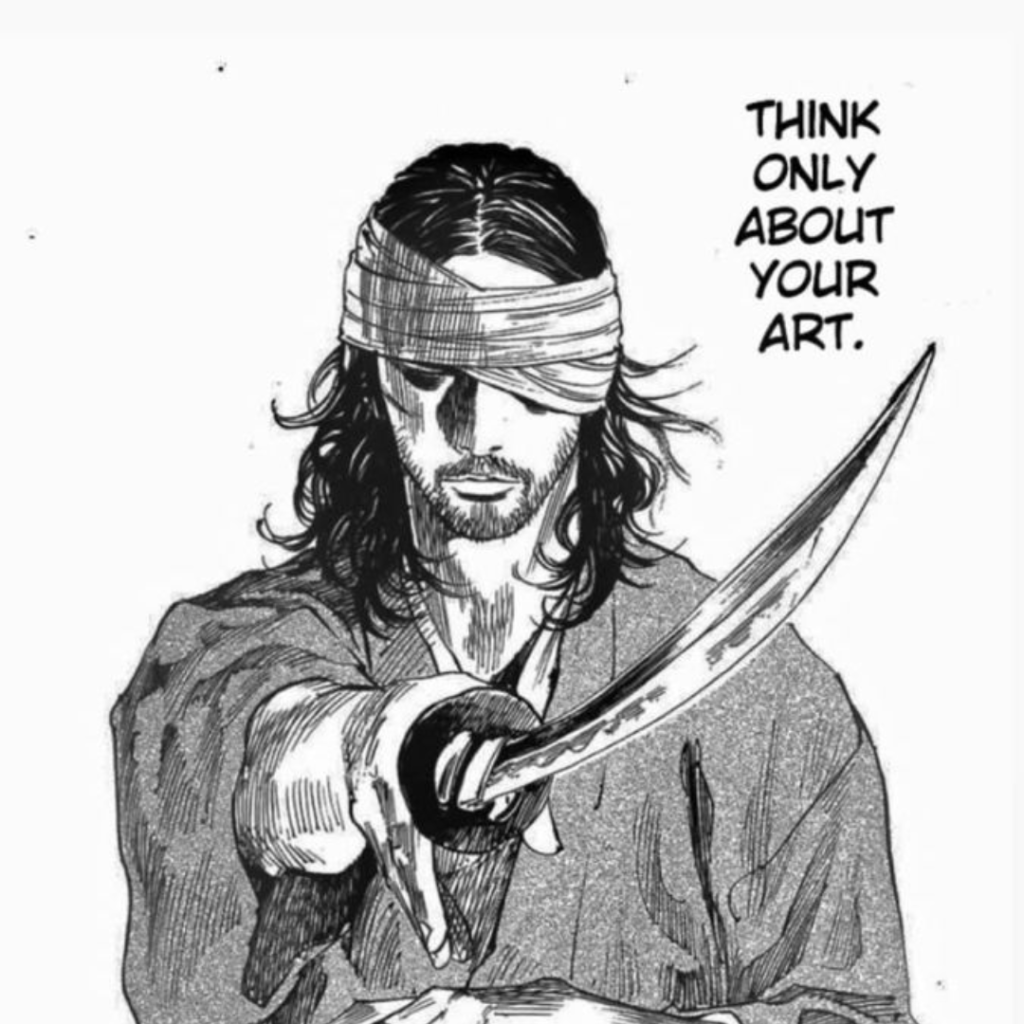
Strength and Vulnerability
At its core, Vagabond questions the meaning of strength. Musashi begins his journey believing that power comes from defeating others, but over time, he realizes that true strength lies in understanding oneself and embracing vulnerability.
Life and Death: The Samurai’s Dilemma
Through its exploration of life and death, Vagabond delves into the philosophy of Bushido. Each duel is more than a clash of swords—it’s a confrontation of ideals, forcing Musashi and his opponents to grapple with their purpose and mortality.
Human Connection
Despite its focus on a lone swordsman, Vagabond emphasizes the importance of relationships. Musashi’s bonds with characters like Otsu and Takuan show that even the strongest warrior needs connection and support.
From a Manga Fan’s Perspective: Why Vagabond Stands Out
What Makes Vagabond a Masterpiece
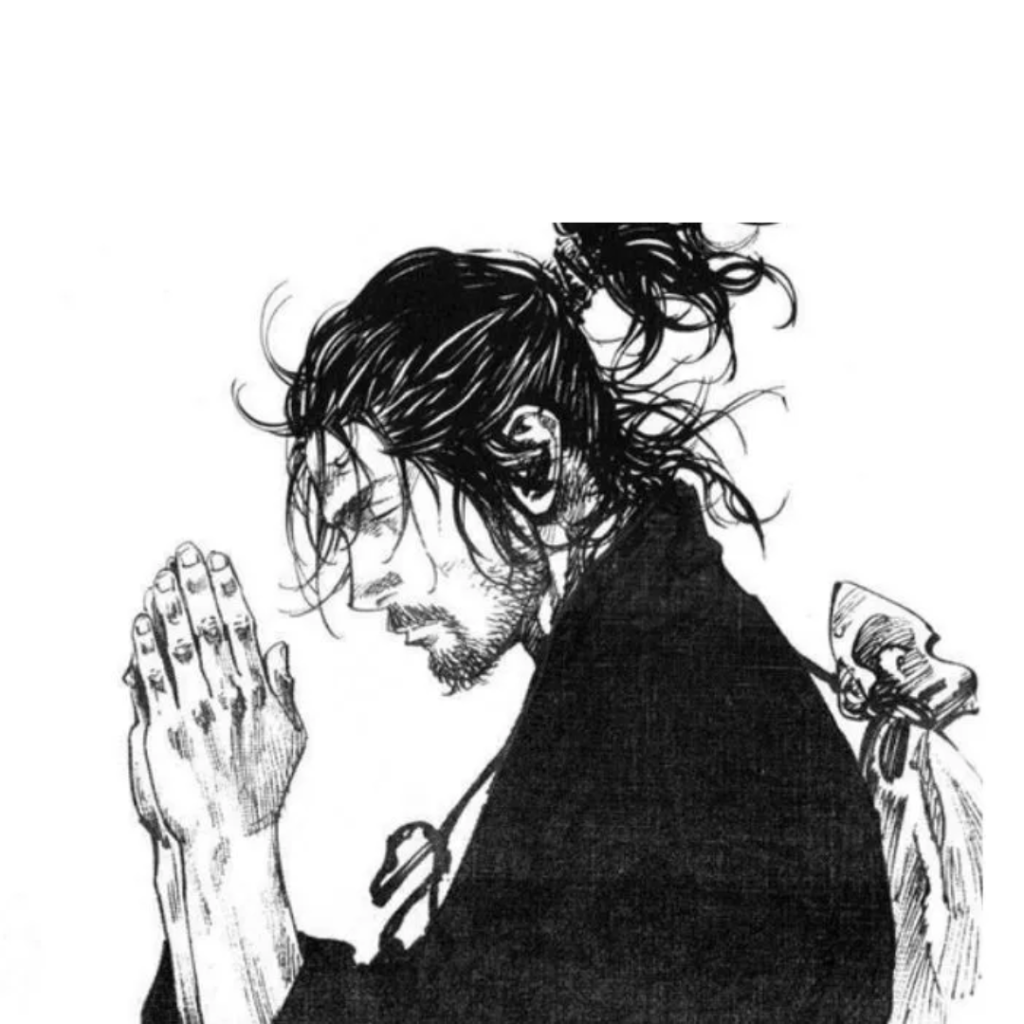
As a manga enthusiast, I’ve read countless series, but Vagabond stands out as an unparalleled work of art and storytelling.
- Complex Characters: No one in Vagabond is purely good or evil. Each character is shaped by their past, dreams, and failures.
- Philosophical Depth: Beyond its gripping action, the series explores timeless questions about life, strength, and purpose.
- Artistic Brilliance: Every page is a masterpiece, blending stunning visuals with narrative depth.
The Drawbacks
While Vagabond is undoubtedly brilliant, it’s not without its challenges.
- Pacing: The series takes its time, focusing on introspection and subtle character development. Some readers may find it slow.
- Incomplete Ending: As of now, Vagabond remains unfinished, leaving fans yearning for closure.
Why You Should Read Vagabond
If you’re looking for a manga that transcends the boundaries of storytelling and art, Vagabond is a must-read. It’s not just a series—it’s an experience that challenges your perceptions and leaves a lasting impact.
Whether you’re drawn to epic sword fights, philosophical musings, or jaw-dropping artwork, Vagabond has something to offer.
My Personal Experience with Vagabond
Reading Vagabond was like embarking on a journey of my own. I felt Musashi’s struggles, admired his growth, and pondered the same questions he faced. Each page left me awestruck by its beauty and depth.
The Legacy of Vagabond
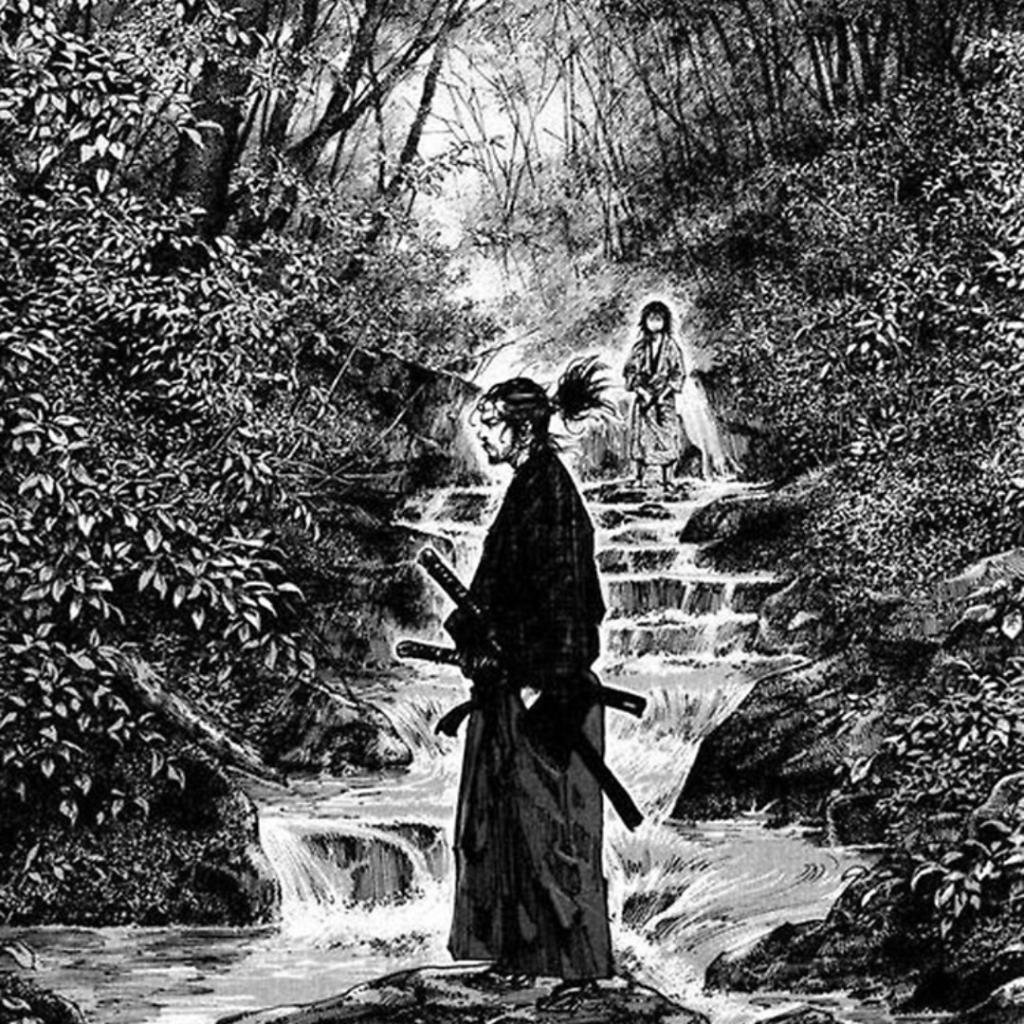
Takehiko Inoue’s Vagabond isn’t just a manga—it’s a cultural and artistic phenomenon. Its impact on readers and the manga industry is undeniable, solidifying its place as one of the greatest series of all time.
If you haven’t read Vagabond yet, now is the perfect time to immerse yourself in this masterpiece. Trust me—it’s a journey you’ll never forget. You can read more reviews here. Or if you are interested in the series, you can read the whole story here.
